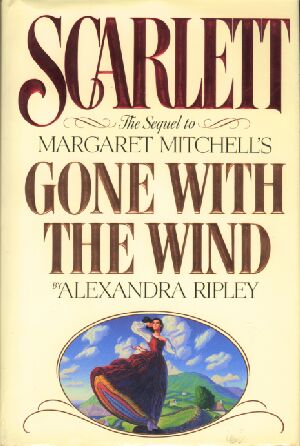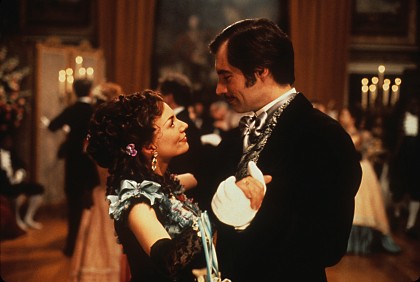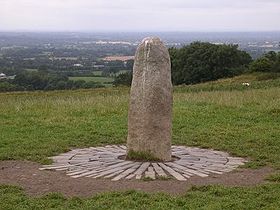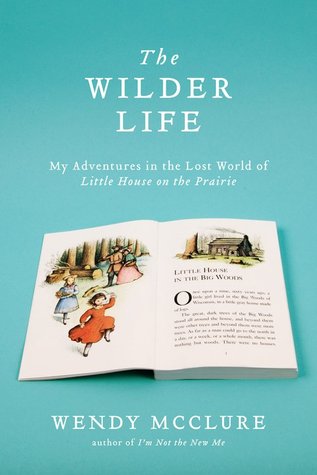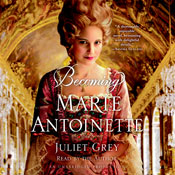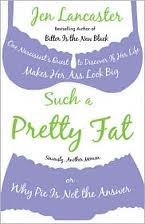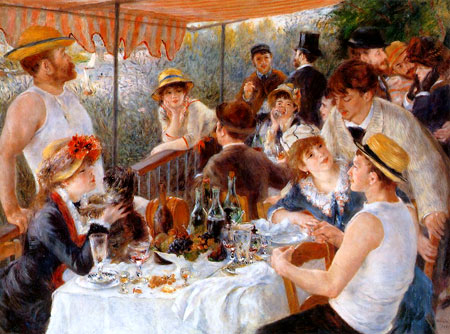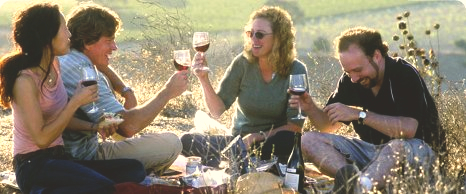I just read that the Smithsonian is dismantling Julia Child’s kitchen and putting it in a larger exhibit where it will be “in context” with other food exhibits.
OMG. I was just thinking about planning a spring break trip to Washington, D.C. in order to put my secret stick of butter in Julia’s kitchen. It’s a good thing I read David Lebovitz’s posts on my Facebook page!
They say it will be open again “sometime” because the Child kitchen has become a “go-to” exhibit and has attracted visitors far beyond the Smithsonian’s expectations. I was ready to make my pilgrimage, and I’m really disappointed.
I’ve been a Julia disciple for many years, but she really came into focus for me after reading her books and seeing the movie made of Julie Powell’s book. I blogged about my copy of Mastering the Art of French Cooking here, made a recipe from the cookbook and blogged about it here, and commented on the book and the movie on my previous blog. I’ve excerpted my comments for you here.
Having recently finished reading My Year in France by Julia Child and viewing Julie and Julia, I can’t help recalling the scenes in both the book and the movie where Child gathers in a group of people and creates a family wherever she lives. She lost her mother early, her relationship with her own father and stepmother was strained and it appears that she was disappointed to remain childless, but she made up for this sadness in her life by being a catalyst who drew disparate people together.
Not surprisingly, her lasting friendships appear to have revolved around food and travel. The Valentine’s Day scene in Julie and Julia in Paul and Julia’s French dining room is poignant and felt very meaningful to me as it triggered memories of the wonderful meals I have shared with family and friends in 2009. Even when I went to the movie web site and watched the trailer, I was reminded of incredible meals from the movie and from my own life.
After reading both books and bookending the books with viewings of the movie, I heartily recommend that you do all three. The movie is good enough to stand on its own, but your enjoyment and understanding of the characters involved will be deepened by reading the books.
When I wrote this post in 2009, I had not yet been to France. This summer, we will go back to Paris for a return trip. I’m going to do some more research about Julia’s life in France and perhaps will be able to perform this year’s visit to the Julia shrines in France rather than the United States. Let me know if you have any good ideas!



